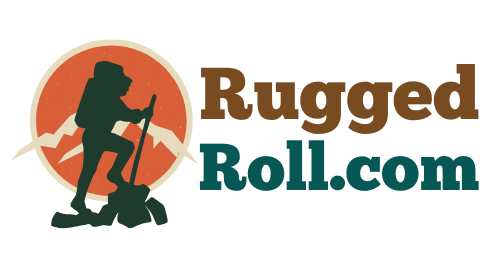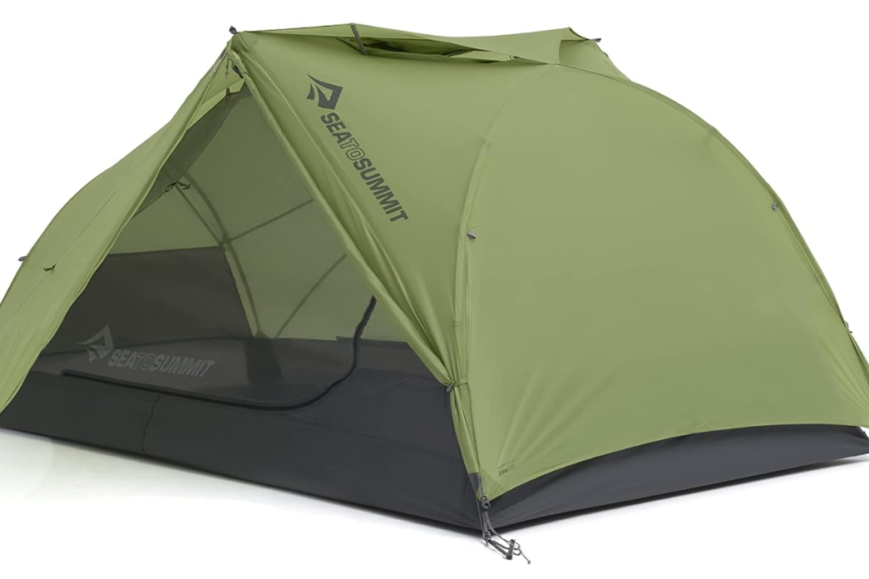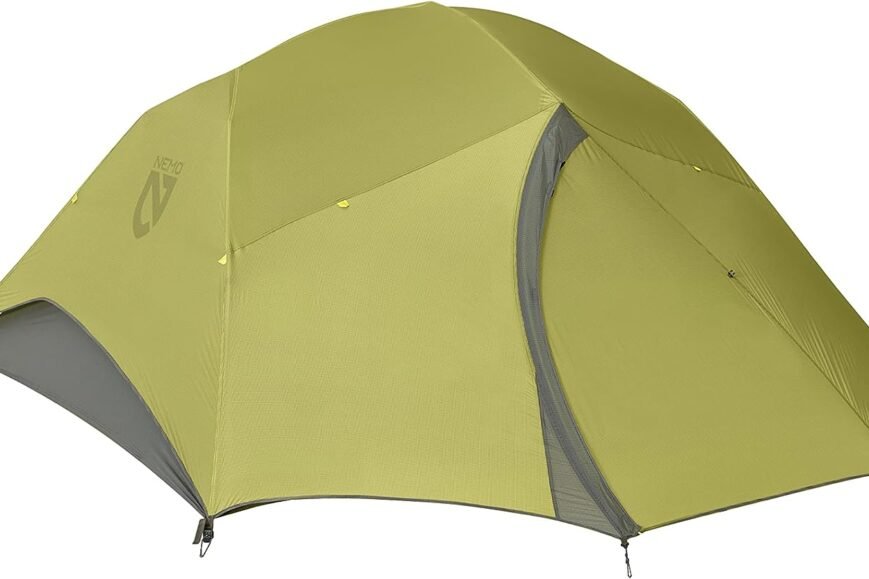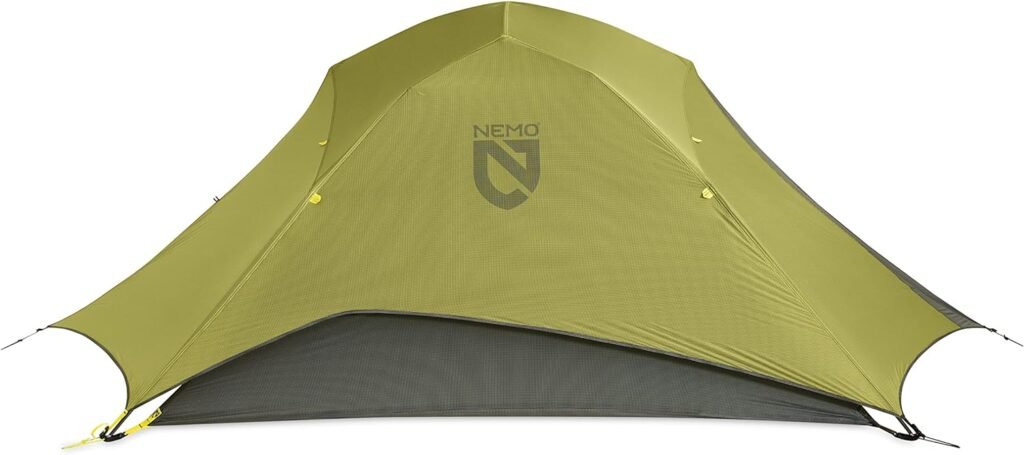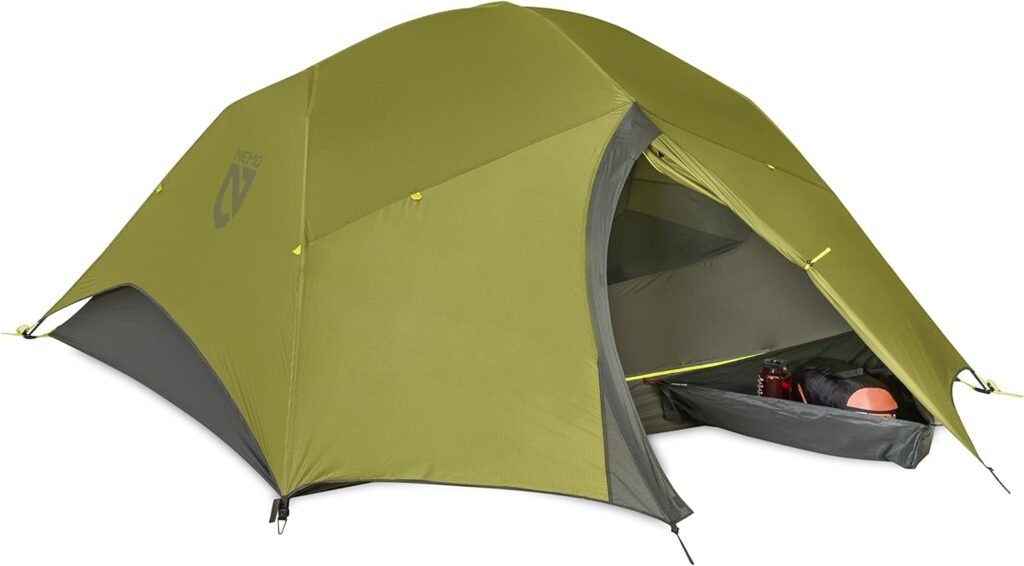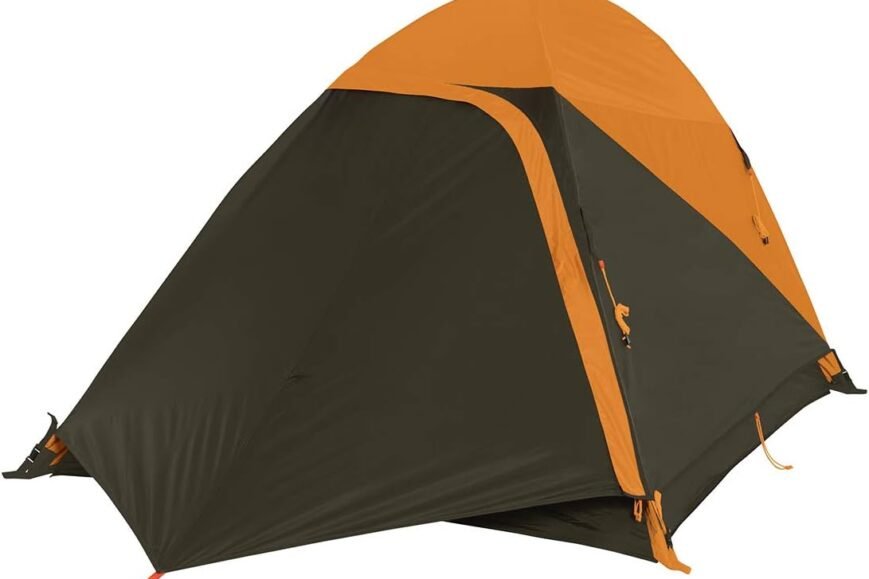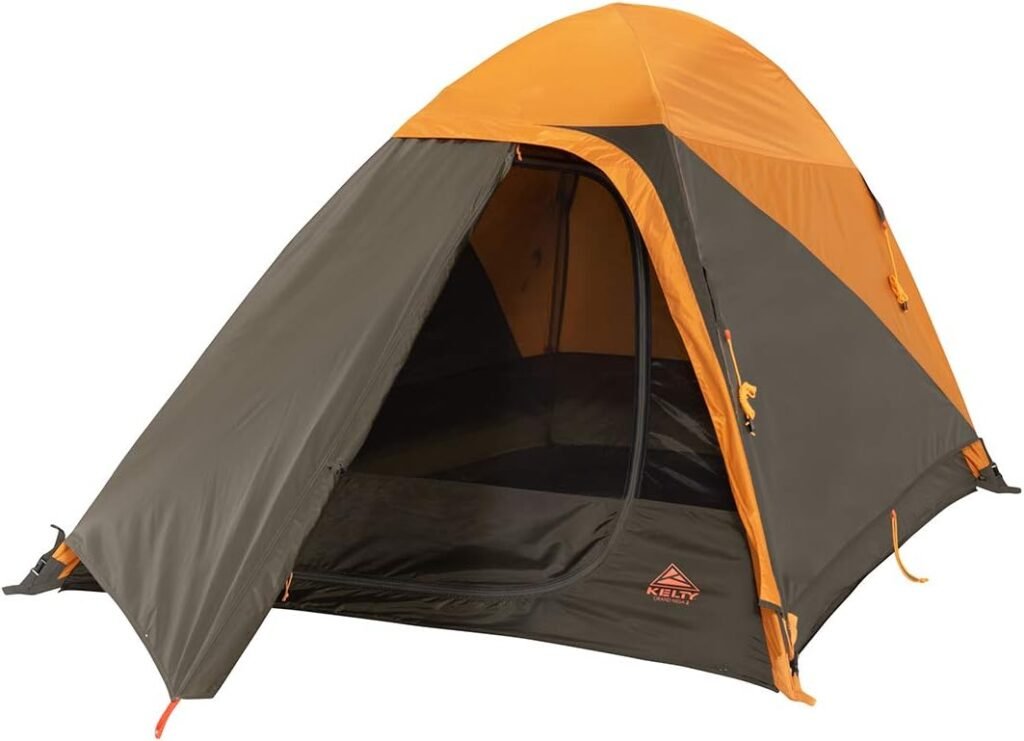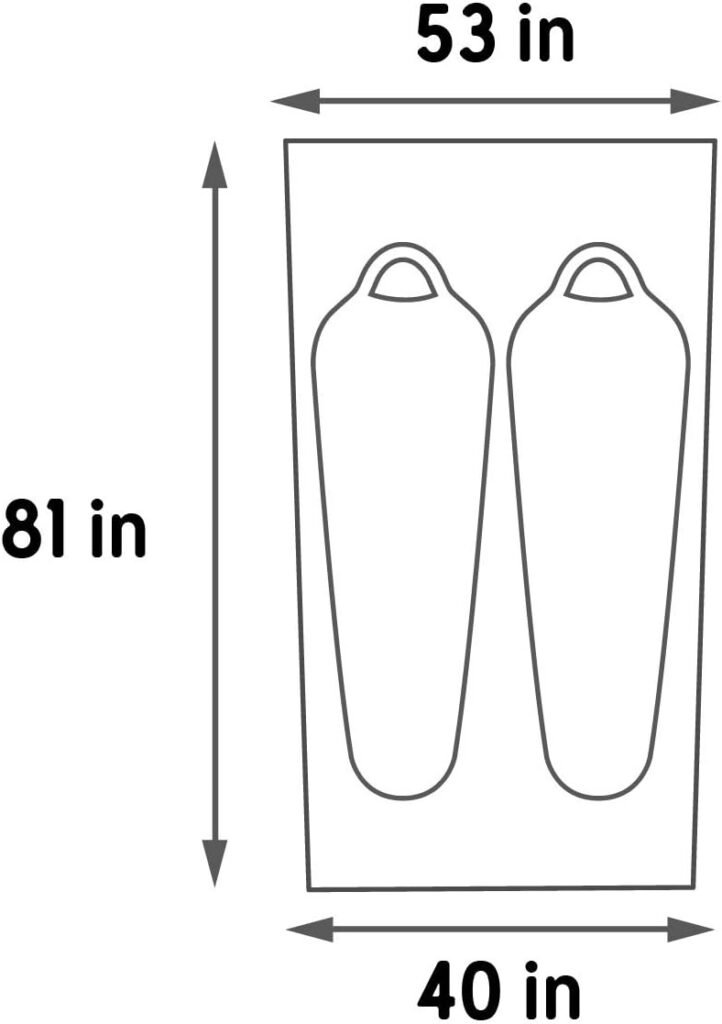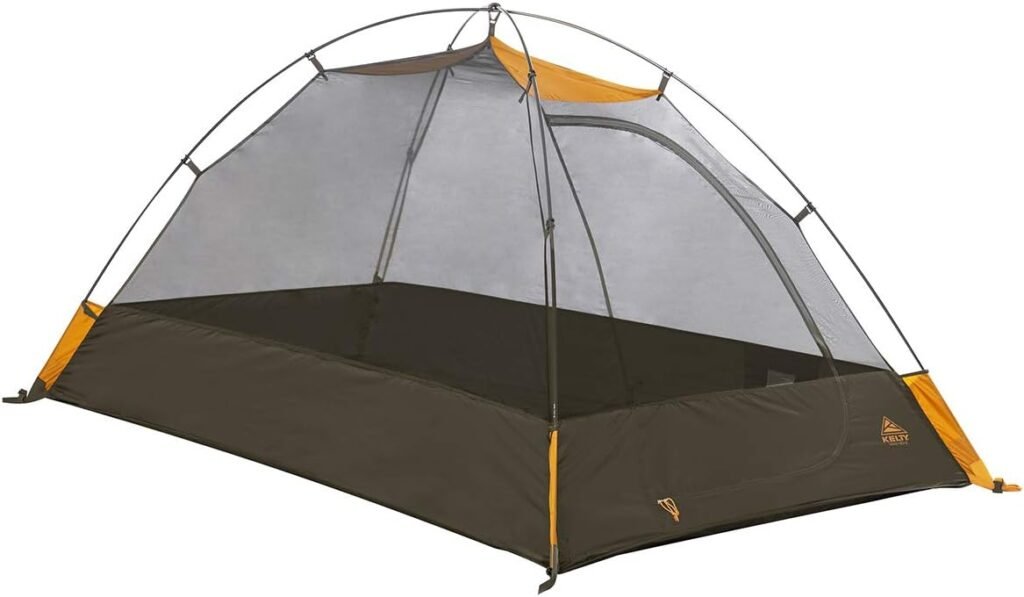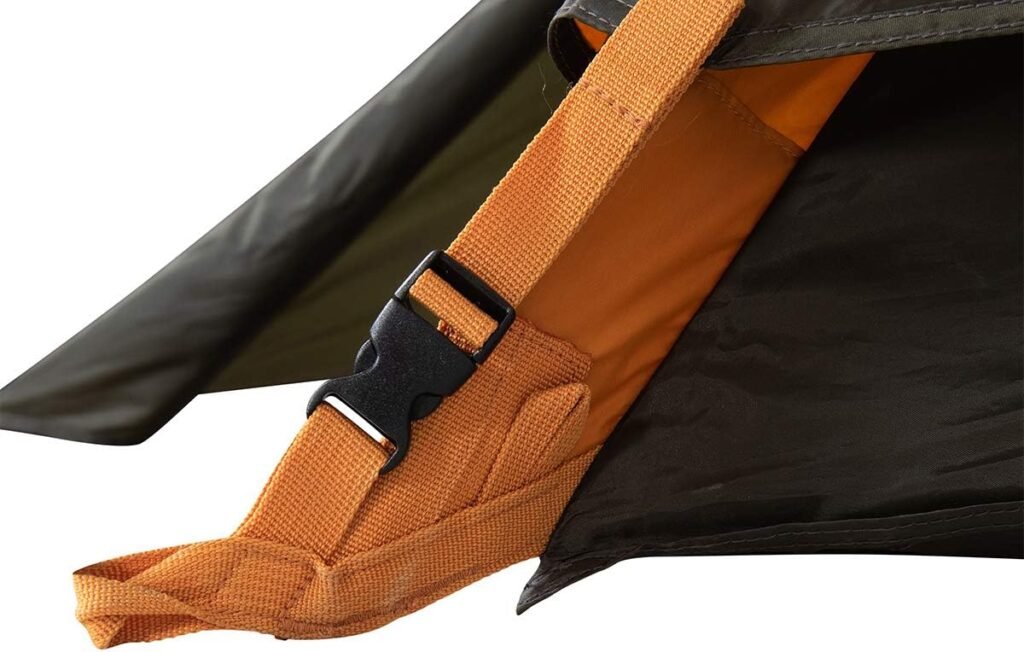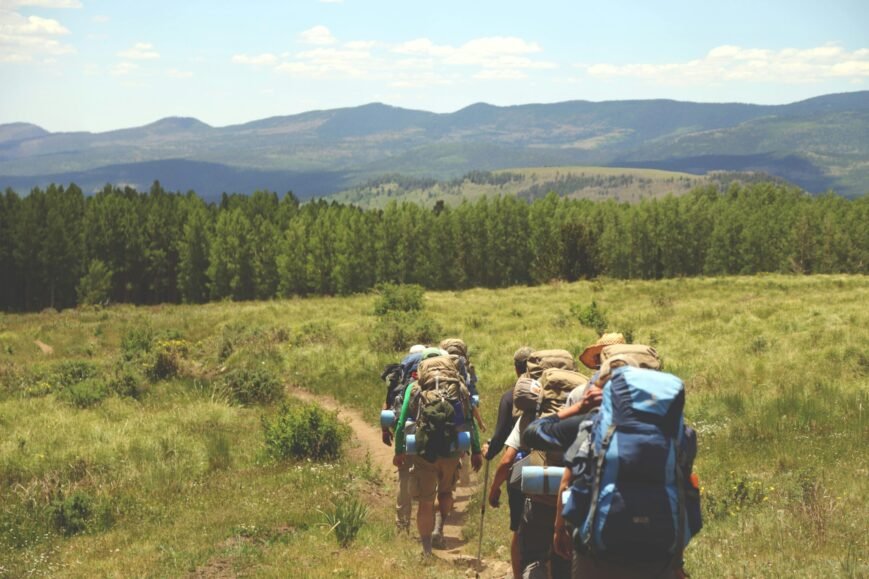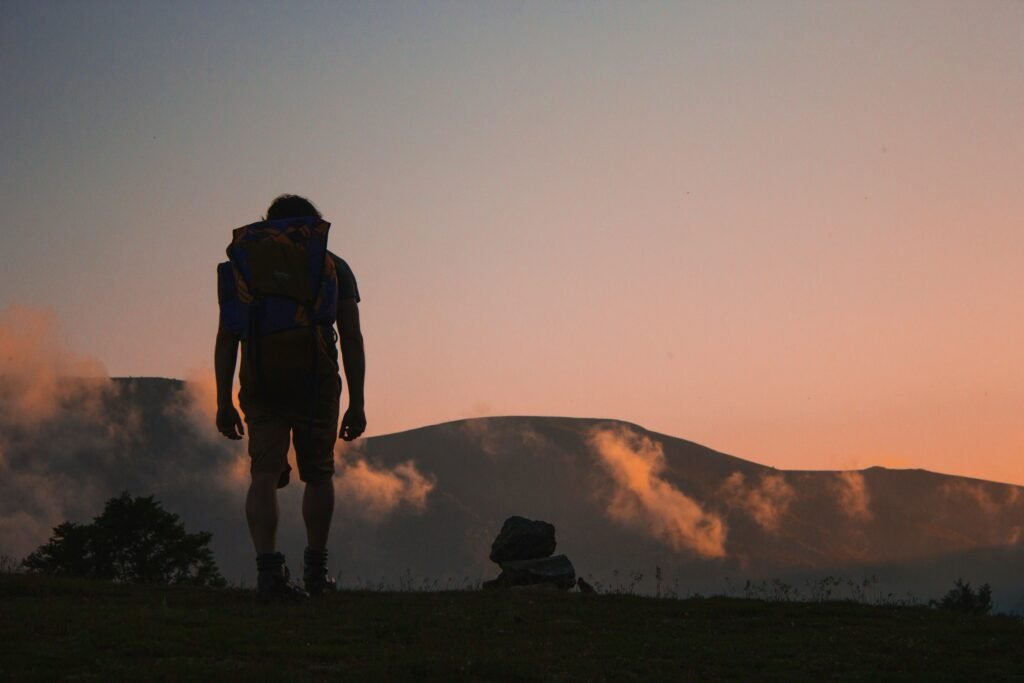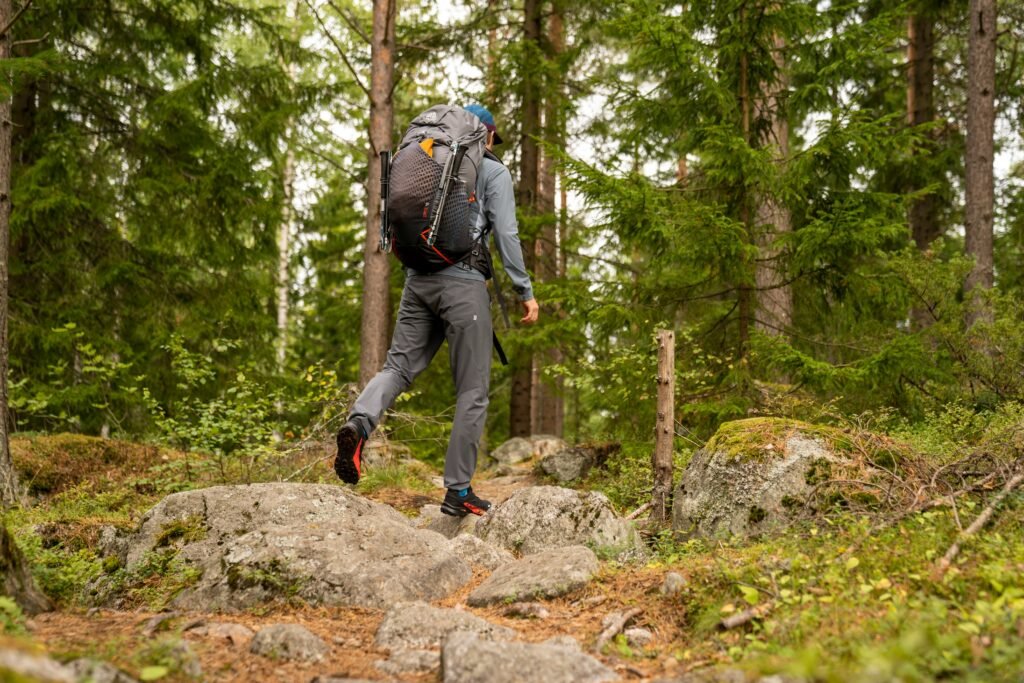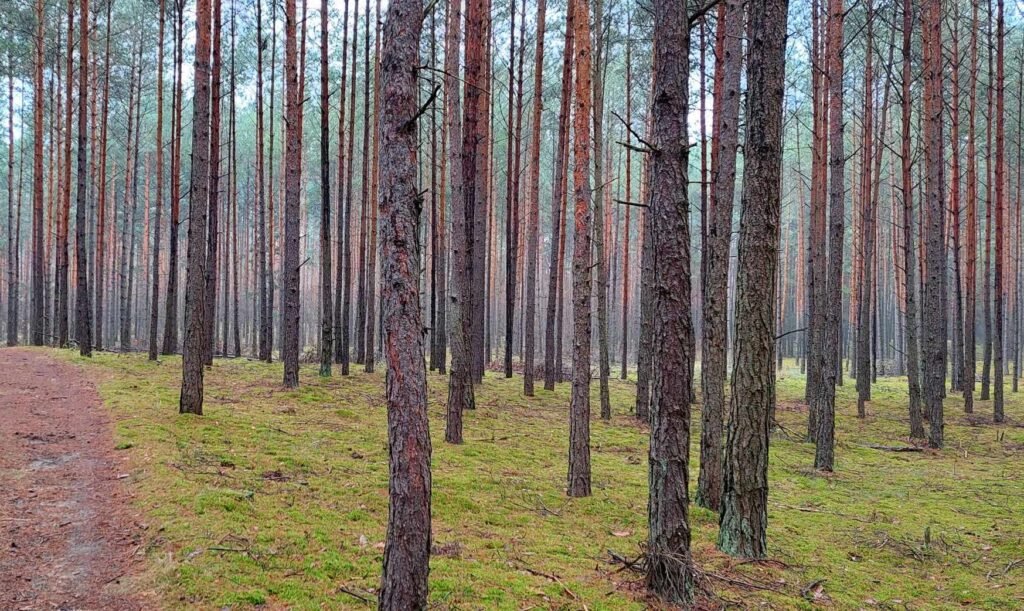Brief Overview
The Sea to Summit Telos TR2 is a lightweight and versatile 2-person backpacking tent from the renowned outdoor brand Telos. Designed with the modern adventurer in mind, this tent offers an impressive set of features packed into a compact and easy-to-use package. As part of Telos’ Trail Series, the TR2 aims to deliver a premium camping experience without sacrificing portability or functionality.
Sea to Summit Telos TR2
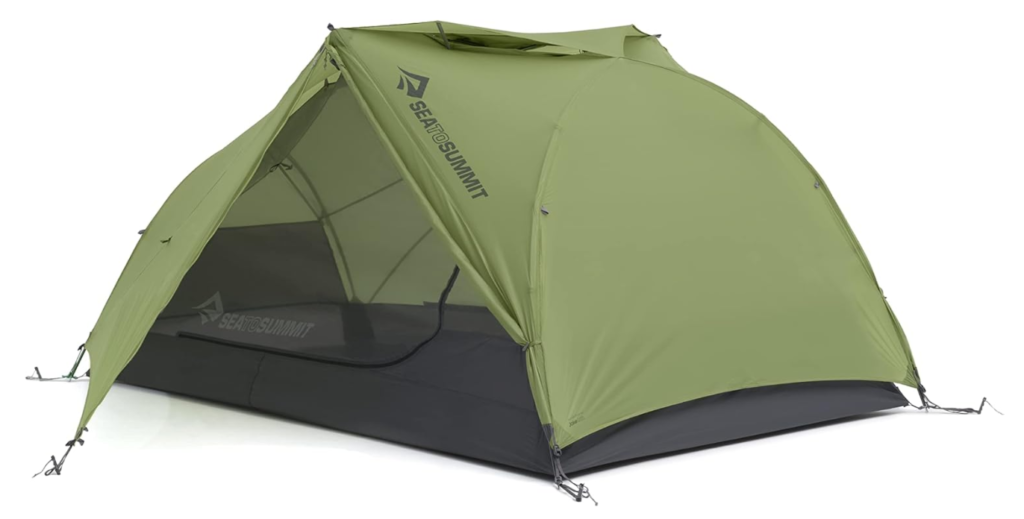
Specifications
• Capacity: 2 person
• Seasons: 3-season
• Weight: 3 lbs 10.7 oz (1.64 kg)
• Packed Size: 18 x 5 inches (46 x 13 cm)
• Floor Area: 28 sq ft (2.6 sq m)
• Peak Height: 43.5 inches (110 cm)
• Floor Material: 20D Nylon
• Fly Material: 15D Polyester
• Poles: 1 Aluminum Pole Set (DAC Featherlite NFL)
• Freestanding: Yes
• Seam Taped: Yes
• Includes: Tent body, rainfly, poles, stakes, guy lines, stuff sack, pole bag, stake bag
• Features: Tension Ridge Architecture, Apex Vent, Quick Connect Tent Corners
First Impressions
Upon unboxing the Telos TR2, the first thing that strikes you is the attention to detail in the packaging and overall presentation. The tent arrives neatly folded and compressed, with the poles, stakes, and other components carefully organized. This immediately suggests a level of quality and thoughtfulness in the product’s design.
Unfolding the tent, you’re greeted by a sleek and modern silhouette, with clean lines and a distinctive color scheme that sets it apart from more traditional backpacking tents. The fabric has a supple, yet durable feel, hinting at the attention paid to material selection.
What We Like
One of the standout features of the Telos TR2 is its lightweight construction. Weighing in at just 3 lbs 9 oz (1.6 kg), this tent is an absolute dream for backpackers and minimalist campers who value low pack weight. The combination of high-quality materials and innovative design allows Telos to achieve this impressive weight without sacrificing stability or weather protection.
Another aspect that quickly won us over is the tent’s intuitive and user-friendly setup. The color-coded poles and snap-fit connectors make the initial pitch a breeze, even for first-time users. The taut, freestanding design also means the TR2 can be set up without the need for staking, which is a significant advantage in rocky or uneven terrain.
The TR2’s livability is also noteworthy, with ample interior space for two people and their gear. The vertical sidewalls and generous headroom provide a sense of openness and comfort, while the large vestibules offer valuable additional storage space for packs and boots.
What We Don’t
While the Telos TR2 excels in many areas, there are a few minor points worth mentioning. The relatively steep price tag (MSRP $449.95) may be a deterrent for some budget-conscious backpackers, although the quality and features do justify the cost.
Additionally, the tent’s small footprint and vertical design may not appeal to campers who prefer more spacious, conventional dome-style tents. The lack of a full-coverage rainfly could also be a concern for those who frequently encounter heavy rain or extended periods of wet weather.
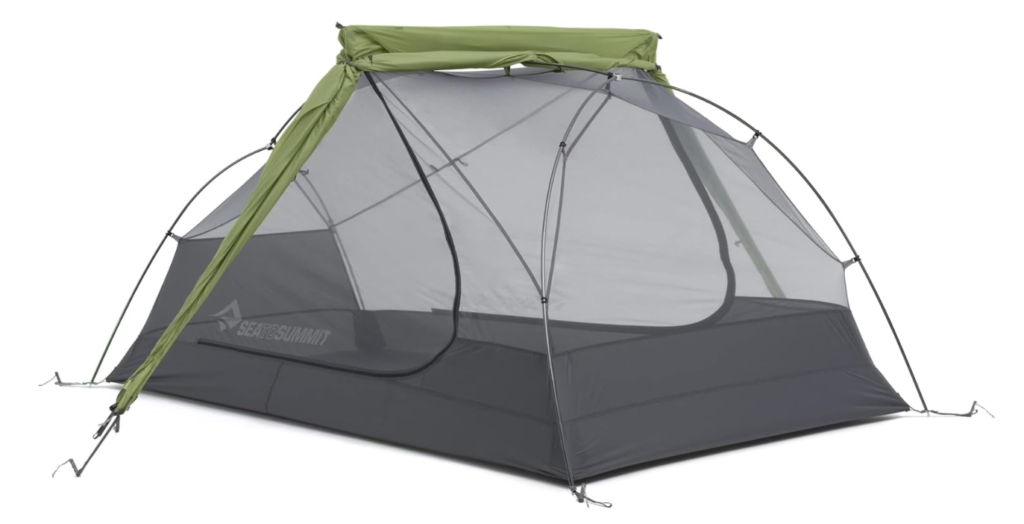
The Specs
Key Features:
- Design: The Telos TR2 features a freestanding, semi-geodesic design that combines strength, stability, and a compact footprint. The tent’s unique trapezoidal shape and vertical sidewalls maximize the interior space while maintaining a streamlined profile.
- Fit: The TR2 is designed to comfortably accommodate two people, with a generous 30 sq ft (2.8 sq m) of interior floor space. The ample headroom of 42 inches (107 cm) provides a comfortable living area for campers.
- Materials: The tent’s body is constructed using a durable 20D nylon ripstop fabric, which offers a balanced blend of lightweight and weatherproofing. The fly is made from a 20D nylon ripstop with a silicone and polyurethane coating, ensuring reliable protection against the elements.
- Dimensions: The Telos TR2 has a packed size of 18 x 6 inches (46 x 15 cm) and measures 86 x 52 inches (218 x 132 cm) when fully set up.
- Convenient Features: The tent features two large vestibules (9 sq ft / 0.8 sq m each) for additional storage space, as well as two mesh pockets inside the tent for organizing small items. Telos also includes a gear loft and a light diffuser panel for improved illumination.
Overall Performance
Weatherproofing
The Telos TR2‘s durable fabrics and robust construction provide excellent protection against rain, wind, and light snow. The full-coverage rainfly, combined with strategically placed vents, ensures effective moisture management and airflow, keeping campers dry and comfortable.
Breathability
The TR2’s mesh canopy and well-designed ventilation system allow for good airflow, helping to mitigate condensation buildup and creating a pleasant interior climate, even in warmer conditions.
Durability
The high-quality materials and meticulous craftsmanship of the Telos TR2 contribute to its impressive overall durability. The tent is built to withstand the rigors of backcountry use, with reinforced stress points and a reliable pole system.
Ease of Use
Pitching
Setting up the Telos TR2 is a straightforward process, thanks to the color-coded poles and intuitive clip-and-go design. The freestanding structure means the tent can be pitched without the need for staking, which is particularly useful in rocky or sandy environments.
Breakdown
Packing up the TR2 is equally easy, with a well-designed storage sack and a helpful compression strap for efficient packed volume. The tent can be quickly disassembled and stored away, making it a breeze to transition between campsites.
Best Uses
Seasonal Use
The Telos TR2 is well-suited for three-season camping, with the ability to handle a wide range of weather conditions. It performs admirably in mild to moderate temperatures, rain, and light snow, making it a versatile choice for spring, summer, and fall adventures.
Environment
The TR2’s compact footprint and freestanding design make it an excellent option for use in diverse environments, from densely forested areas to exposed alpine settings. Its stability and weatherproofing also make it a reliable choice for coastal and mountainous regions.
Comparison to Other Tents
When compared to other 2-person backpacking tents in a similar weight class, the Telos TR2 stands out for its thoughtful design and premium build quality. While some competitors may offer slightly lower price points, the TR2’s combination of lightweight, user-friendly features, and exceptional weather protection makes it a compelling choice for discerning adventurers.
One tent that warrants comparison is the Big Agnes Copper Spur HV UL2, a popular and well-regarded ultralight option. Both tents offer similar interior dimensions and pack weights, but the Telos TR2 distinguishes itself with its freestanding design, more robust materials, and the inclusion of larger vestibules.
Another contender is the MSR Hubba Hubba NX, a versatile and reliable 2-person tent. While the Hubba Hubba NX may have a slight edge in terms of cost, the Telos TR2 offers a more streamlined, contemporary aesthetic, as well as some additional livability features like the gear loft and light diffuser panel.
Our Final Thoughts
The Telos TR2 is a standout 2-person backpacking tent that seamlessly blends lightweight construction, robust weatherproofing, and user-friendly features. Its thoughtful design, quality materials, and impressive attention to detail make it a compelling choice for adventurous campers and backpackers seeking a premium, versatile shelter.
While the steep price tag may deter some budget-conscious consumers, the TR2’s overall performance and long-term durability justify the investment. This tent is well-suited for a wide range of three-season adventures, from remote wilderness treks to coastal escapes, and its freestanding, easy-to-use design ensures a hassle-free camping experience.
Overall, the Telos TR2 is a testament to the brand’s commitment to innovation and quality. It sets a new standard for lightweight, high-performance backpacking tents, and is sure to delight seasoned campers and newcomers alike with its exceptional combination of features and capabilities.
FAQ
1. How does the Telos TR2 handle inclement weather?
The Telos TR2 is designed to provide excellent protection against rain, wind, and light snow. Its durable fabrics and robust construction, combined with a full-coverage rainfly and strategically placed vents, ensure effective moisture management and airflow, keeping campers dry and comfortable in various weather conditions.
2. Is the Telos TR2 easy to set up?
Yes, the Telos TR2 is known for its intuitive and user-friendly setup. The color-coded poles and snap-fit connectors make the initial pitch a breeze, even for first-time users. Additionally, the freestanding design allows the tent to be set up without the need for staking, which is particularly useful in rocky or uneven terrain.
3. What are the dimensions and weight of the Telos TR2?
The Telos TR2 has a packed size of 18 x 6 inches (46 x 15 cm) and measures 86 x 52 inches (218 x 132 cm) when fully set up. It weighs just 3 lbs 9 oz (1.6 kg), making it an excellent choice for backpackers and minimalist campers who value low pack weight.
4. How does the Telos TR2 compare to other 2-person backpacking tents?
When compared to other 2-person backpacking tents in a similar weight class, the Telos TR2 stands out for its thoughtful design and premium build quality. It offers a combination of lightweight, user-friendly features, and exceptional weather protection, making it a compelling choice for discerning adventurers. Notable competitors include the Big Agnes Copper Spur HV UL2 and the MSR Hubba Hubba NX.
5. Is the Telos TR2 worth the investment?
While the Telos TR2 has a relatively steep price tag, its overall performance, long-term durability, and premium features justify the investment. It is well-suited for a wide range of three-season adventures and offers a hassle-free camping experience, making it a valuable addition to any backpacker’s gear collection.
![]()
